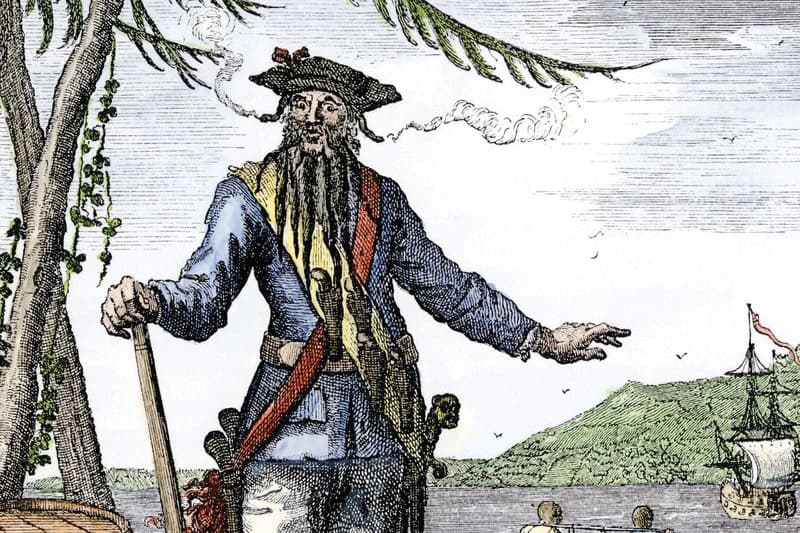History of Roatán and The Bay Islands, Honduras
Pre-Columbian Era
History of Roatan: The Bay Islands, located off the northern coast of Honduras in the Caribbean Sea, have a rich and diverse history. Before the arrival of Europeans, these islands were inhabited by the Pech and Maya peoples. Archaeological evidence suggests that these indigenous groups were engaged in fishing, agriculture, and trade with other Mesoamerican cultures. The islands were part of the larger network of maritime trade routes that extended throughout the Caribbean and Central America.
European Exploration and Colonization
Christopher Columbus is believed to have been the first European to sight the Bay Islands during his fourth voyage in 1502. In the history of Roatan, it wasn’t until the early 16th century that Spanish explorers began to take a significant interest in the region. In 1524, Hernán Cortés sent his lieutenant, Gil González Dávila, to the Bay Islands to establish Spanish control. The indigenous population suffered greatly due to diseases brought by Europeans and violent conflicts.
The strategic location of the Bay Islands made them a target for pirates and privateers during the 16th and 17th centuries. English, French, and Dutch buccaneers frequently used the islands as bases to attack Spanish ships and settlements. Roatán, in its history, became notorious as a pirate haven. The Spanish made several attempts to expel the pirates and assert control, but their efforts were largely unsuccessful.

Piarates on Roatan
British Influence and Settlement
In the mid-17th century, the British began to establish a more permanent presence on the islands. In 1642, English settlers from the Cayman Islands and Bermuda established a settlement during the history of Roatán. This was part of a broader British strategy to challenge Spanish dominance in the Caribbean. The British settlers engaged in agriculture, particularly the cultivation of sugar cane and other cash crops, and continued to use the islands as a base for privateering.
The Treaty of Paris in 1763, which ended the Seven Years’ War, included provisions that led to the temporary withdrawal of British forces from the Bay Islands. However, the British returned in the early 19th century and reasserted their influence. In 1852, the British declared the Bay Islands a colony, separate from the mainland territory of Honduras.
During this history of Roatan, land ownership on Roatán and other Bay Islands was primarily in the hands of British settlers and a few wealthy local families. Real estate transactions were informal and based on agreements between settlers, with little to no legal framework in place. The British settlers built plantations and established small communities, which laid the foundation for future development.
Incorporation into Honduras
The sovereignty of the Bay Islands was a contentious issue between Britain and Honduras. The dispute was resolved in 1860 with the signing of the Wyke-Cruz Treaty, which recognized Honduran sovereignty over the islands. In exchange, the British received assurances regarding the treatment of English-speaking settlers. The formal incorporation of the Bay Islands into Honduras occurred in 1861.
Following their incorporation into Honduras, the Bay Islands experienced gradual changes in land ownership patterns. The Honduran government began to formalize property rights and land titles, which led to more structured real estate transactions. The islands saw an influx of mainland Hondurans and other immigrants, which diversified land ownership and spurred modest development.
20th Century to Present
Throughout the 20th century, the Bay Islands experienced economic and demographic changes. The development of the banana industry brought an influx of laborers from the mainland and other Caribbean nations. In the latter half of the century, tourism began to emerge as a major economic driver, particularly on Roatán. The island’s natural beauty, coral reefs, and pristine beaches attracted international visitors and investors.
As tourism grew, so did interest in real estate on Roatán. In the 1970s and 1980s, expatriates from North America and Europe began purchasing property on the island, driven by the desire for vacation homes and investment opportunities. This period saw the beginning of significant real estate development, with the construction of resorts, vacation rentals, and private homes. The local government and developers started to create zoning laws and regulations to manage this growth.
In recent decades, Roatán has become a hotspot for real estate investment. The island’s appeal as a tourist destination, combined with relatively affordable property prices compared to other Caribbean locales, has fueled a real estate boom. Expats, retirees, and investors have flocked to Roatán, purchasing properties ranging from luxury beachfront villas to modest condos. This surge in real estate activity has driven up property values and transformed the island’s economy.
The development of real estate has also brought challenges, including concerns about environmental sustainability, infrastructure strain, and the displacement of local communities. Efforts to balance development with conservation have led to the establishment of marine protected areas and initiatives to promote eco-friendly tourism and real estate practices.
Today, the Bay Islands, and Roatán in particular, continue to thrive as a hub of tourism and real estate investment. The island’s real estate market remains dynamic, with opportunities for residential, commercial, and hospitality development. As Roatán navigates the complexities of growth and sustainability, it remains a vibrant and culturally rich destination, attracting visitors and investors from around the world.
Now you know more about the history of Roatan!
Here is a great tip: If you want to explore Roatan and see the vistas and views like the British soldiers did, visit the Port Royal National Park and hike the trail to the tower or hike all the way to Roatan’s highest peak. Bring plenty of water.

